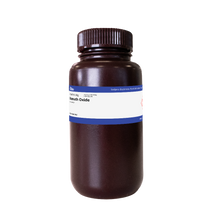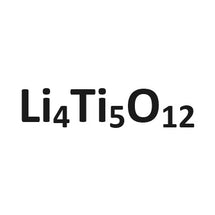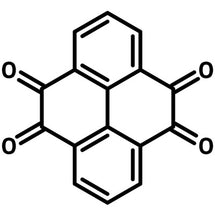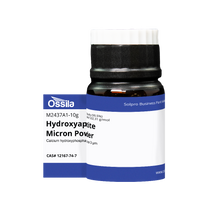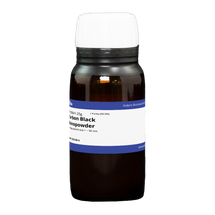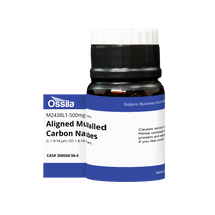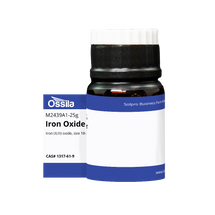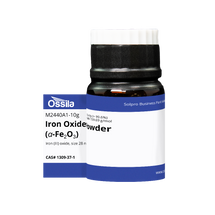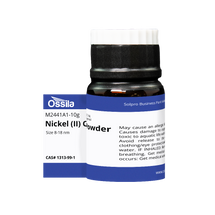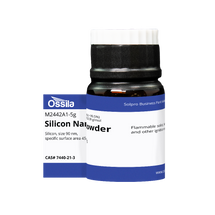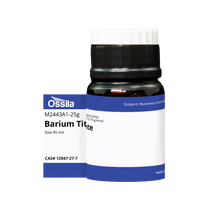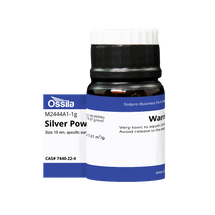Battery Materials

As the demand for clean and renewable energy sources continues to rise, there is a growing need to invest in electrical storage systems. Renewable energy needs to be stored and distributed according to energy demand.
Lithium-ion batteries have quickly become the ‘battery of choice’. They offer a lightweight cathode material and high charging efficiency, making them effective solutions for hybrid electric (HEV) and all-electric vehicles (EV).
Materials that are considered benchmark for lithium batteries include lithium cobalt oxide (LiCoO2), lithium iron phosphate (LiFePO4), lithium manganese oxide (LiMn2O4), lithium nickel cobalt aluminum oxide (NCA).
All Battery Materials

Holey Graphene
A new electrode material with growing applications in battery storage. Offers abundant ion binding sites, enhanced ion diffusion kinetics, and excellent high-rate lithium-ion storage capabilities.
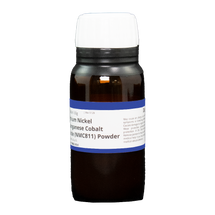
Lithium Nickel Manganese Cobalt Oxide Powder (NCM523)
With a relatively high energy density, low cost, low toxicity, good cycle stability, and high safety, NCM523 is a good candidate for EV batteries. By using additives, such as graphene, the cyclic stability, energy density and thermal safety can be improved further.
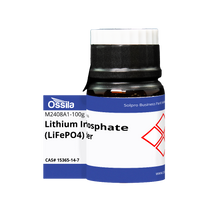
Lithium Iron Phosphate (LiFePO4) Powder
LiFePO4 has potential in EVs due to the P-O covalent bonding, making it intrinsically safe by prohibiting oxygen release. By coating the lithium iron phosphate in carbon, the specific capacity can reach up to 208 mAh/g. Single walled carbon nanotube modified LiFePO4 cathodes also boast an 87.4% capacity retention after 200 cycles at 2C.
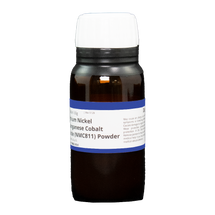
Lithium Nickel Manganese Cobalt Oxide (NMC811) Powder
NMC has a high specific energy density, high discharge rate, and relatively low product cost. With a specific capacity of ~200 mAh/g at a moderately high discharge potential of ~3.8 V, NMC is an ideal candidate for EVs, power tools, and grid energy storage.
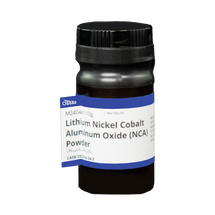
Lithium Nickel Cobalt Aluminum Oxide (NCA) Powder
NCA has been developed to have good specific energy whilst improving upon the long term cyclability of the battery. In addition to faster charging, this makes it an ideal candidate for EVs and grid energy storage.
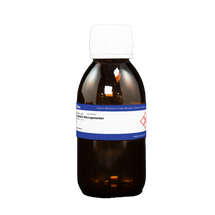
Graphite Powder
Graphite is one of the most stable forms of carbon, and the most commonly used material for battery anodes. Graphite has high thermal and electrical conductivity while being isometric under heating.
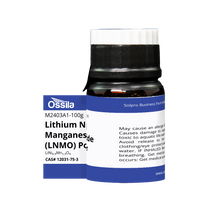
Lithium Nickel Manganese Oxide (LNMO) Powder
LNMO batteries are a promising cathode material for lithium-ion batteries. They have a high operating voltage of 4.7 V and a theoretical energy density of 650Wh/kg. Alongside the relatively low cost and thermal stability, these properties show great potential for use in HEVs. By doping LNMO with nickel, the cathode boasts an impressive 92% capacity retention after 1000 cycles.
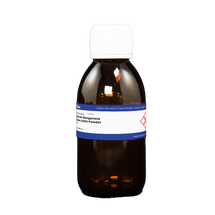
Lithium Manganese Oxide (LMO) Powder
LMO batteries are formulated to be low cost and environmentally friendly due to the naturally high abundance of manganese. This material can improve ion transport and power capability at higher rates with higher nominal voltage (4.0V) compared to LiCoO2.
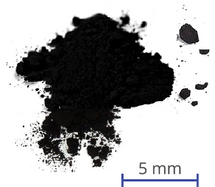
Lithium Cobalt Oxide (LiCoO2) Powder
LiCoO2 is the benchmark material for cathode chemistry in communication and computer products, such as laptop batteries. It has a great stability and capacity, a high specific energy with high operating potentials, and unprecedented volumetric and gravimetric energy density.
Choose the Right Materials
It is important to consider the application of the battery when deciding on the right material for your research. Each material has a different chemical composition and structure which is designed to benefit the different properties of a battery. These properties can range from increased ion mobility to allow for faster charging/discharging, to increased chemical stability to enhance cycle life. We have a range of battery materials for a wide range of research applications including HEVs, EVs, and grid storage.
Battery Materials by Properties
| Voltage |
LNMO NCA NCM523 LiCoO2 LMO NMC811 LiFePO4 |
|---|---|
| Specific Capacity |
LiCoO2 NMC811 NCA LiFePO4 NCM523 LNMO LMO |
| Cycle Life |
LNMO NMC811 LiFePO4 LiCoO2 LMO NCA NCM523 |
Battery Materials by Application
Applications of Battery Materials
Batteries are an area of significant research and are used in a range of applications as electrical energy storage mediums. Lithium cathodes have become the dominant battery material because of their large energy capacity and high operating voltages relative to other battery types. As a result, lithium-ion batteries are being developed for use in HEVs, EVs, energy storage, consumer electronics, and power tools.
Hybrid and Electric Vehicles
HEVs and EVs require a high capacity, to enable longer drive distances; a high cycle rate, to reduce battery replacements; and a high voltage, to allow for higher current draws. These batteries must also be safe and achieve suitable energy density.
While efforts are ongoing to perfect a singular battery type, it is common to employ multiple different battery chemistries to achieve separate tasks. By using multiple battery types and smart charging methodology, an EV can sustain its battery life for the required time.
Energy Storage and Renewable Energy
Energy storage systems are becoming increasingly important as the need for accessible energy increases. Batteries can be used to address the mismatch between renewable energy generation and energy demand.
By storing energy during peak generation times, battery energy storage systems can provide electricity during times when demand exceeds energy generation. With storage systems, the overall capacity, reliability, and cycle life must be optimized.
High Power
Batteries used in high-powered applications require a large current draw or a high C value. To allow for this, the battery structure needs to be resilient and allow for fast ion mobility. Common applications include RC aviation and power tools, such as cordless drills.
Consumer Electronics
Consumer electronics, like phones and laptops, need smaller and more efficient batteries with faster charging times. Energy density and the capacities at fast current draw rates, as well as the nominal usage, are important as fast charging requires a large current flow.
